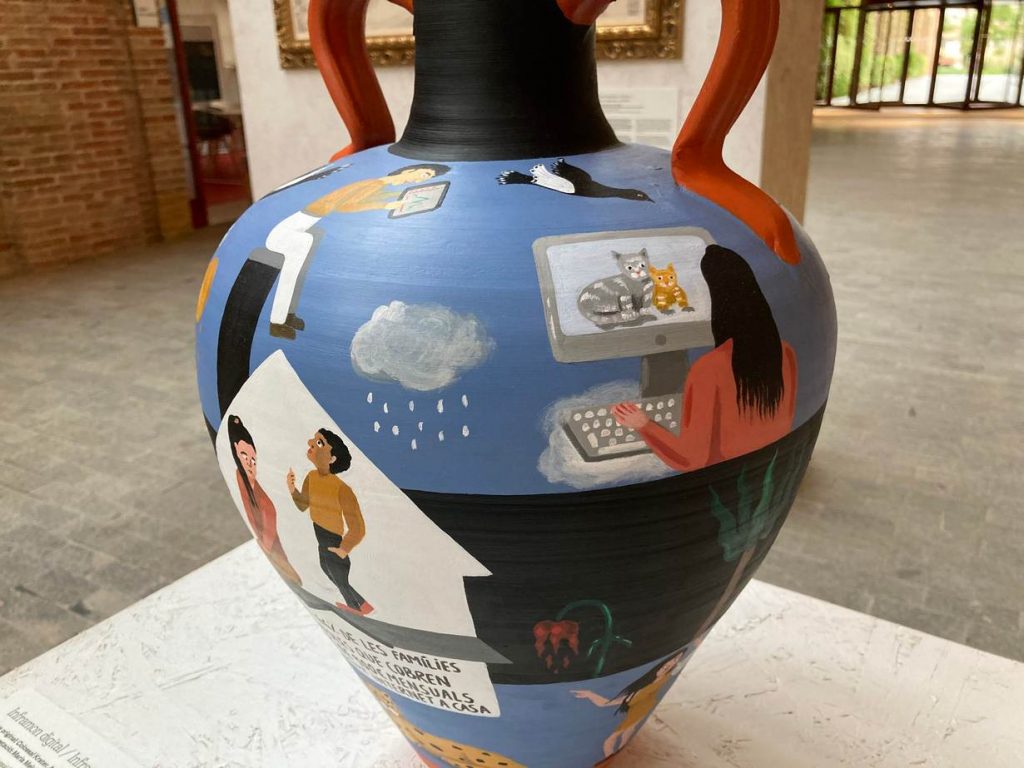In her article, Sohpie Davies sheds light on the increase of the “digital divide” during COVID-19 through two paintings; one of a woman reading an iPad and another of children dreaming of computers. The “digital gap” is the gap in accessibility to computers and the internet. Davies explains that during the pandemic when the use of the internet increased worldwide due to quarantine but only in the more-developed countries. While the internet allowed many people to sustain incomes and keep socially connected, it also needs to be said that computers and the internet can be as inclusive as they are exclusive. People who cannot access these technologies are quickly left behind, especially during COVID-19 when so much of the world went online for economic and social value. These people are minorities, often poor, and often in the least-developed countries. One such group is women. Worldwide, women are less likely to have and connect to technology because of gender inequality, and thus, in the workplace, which is swiftly becoming dominated by the internet, women are left with jobs of lesser value as they never learned skills to manage technology. The second painting Davis brings up explains how children during the pandemic were academically left behind because they could not afford the technology that would allow them to learn remotes. Both of these groups, due to discrimination or economic disadvantage are left behind in a world that is quickly moving past them.
“Spanish art show spotlights ‘hidden’ digital divide in pandemic” by Sophie Davies

![[OLD SEMESTER] 15-104 • Introduction to Computing for Creative Practice](wp-content/uploads/2023/09/stop-banner.png)